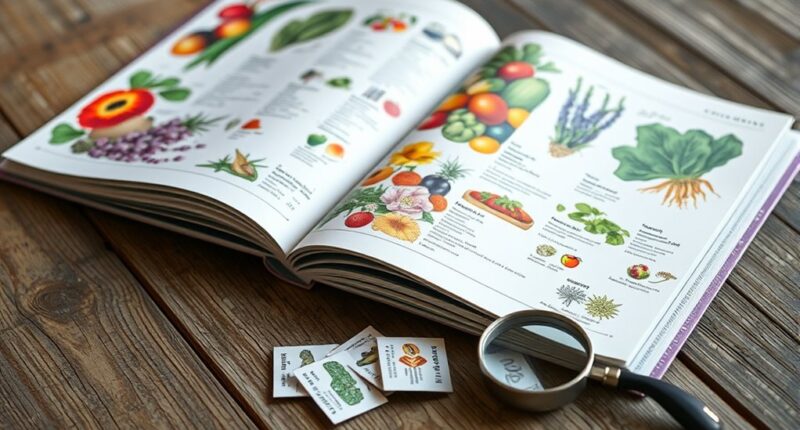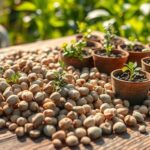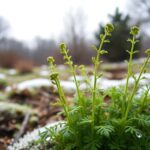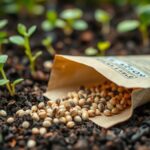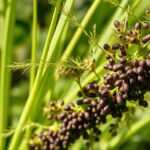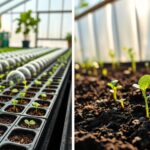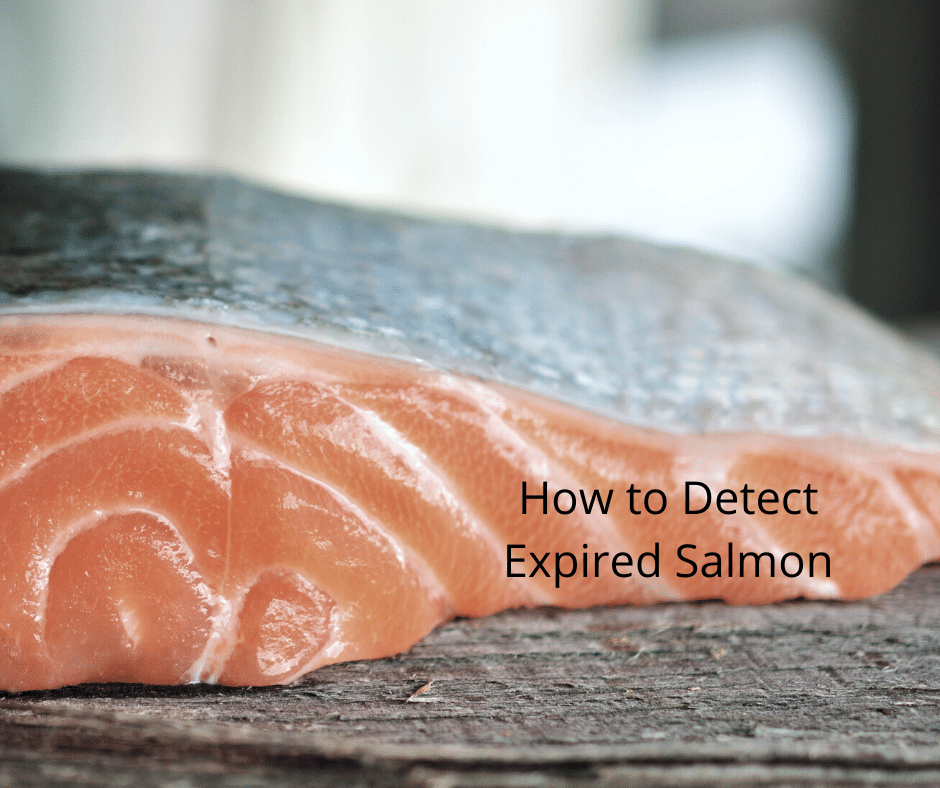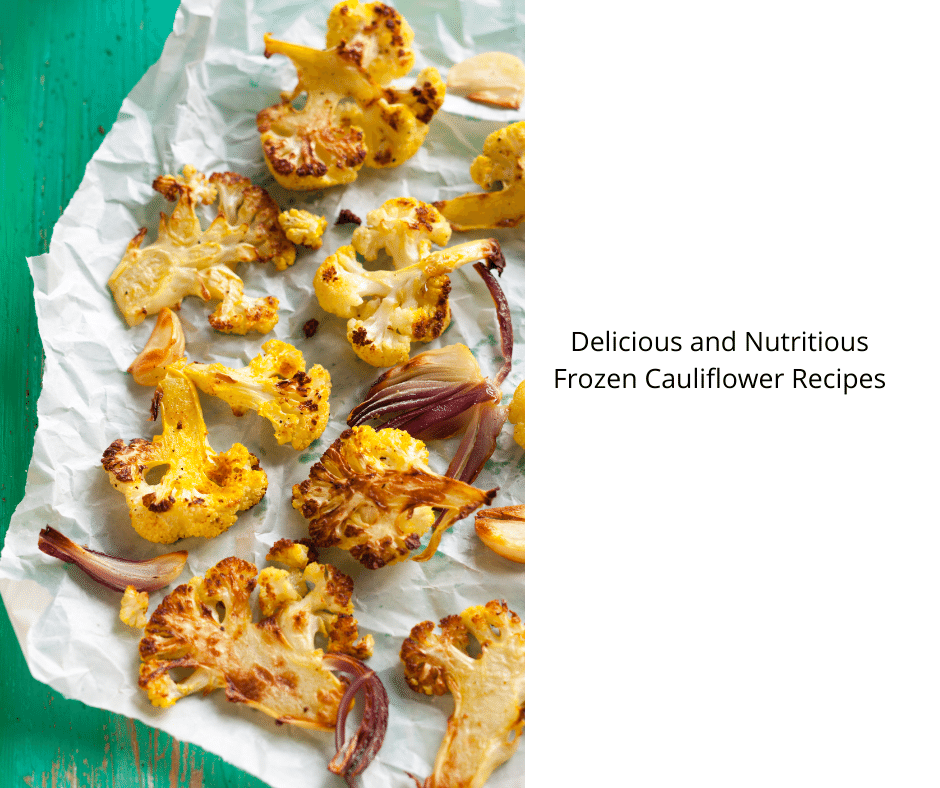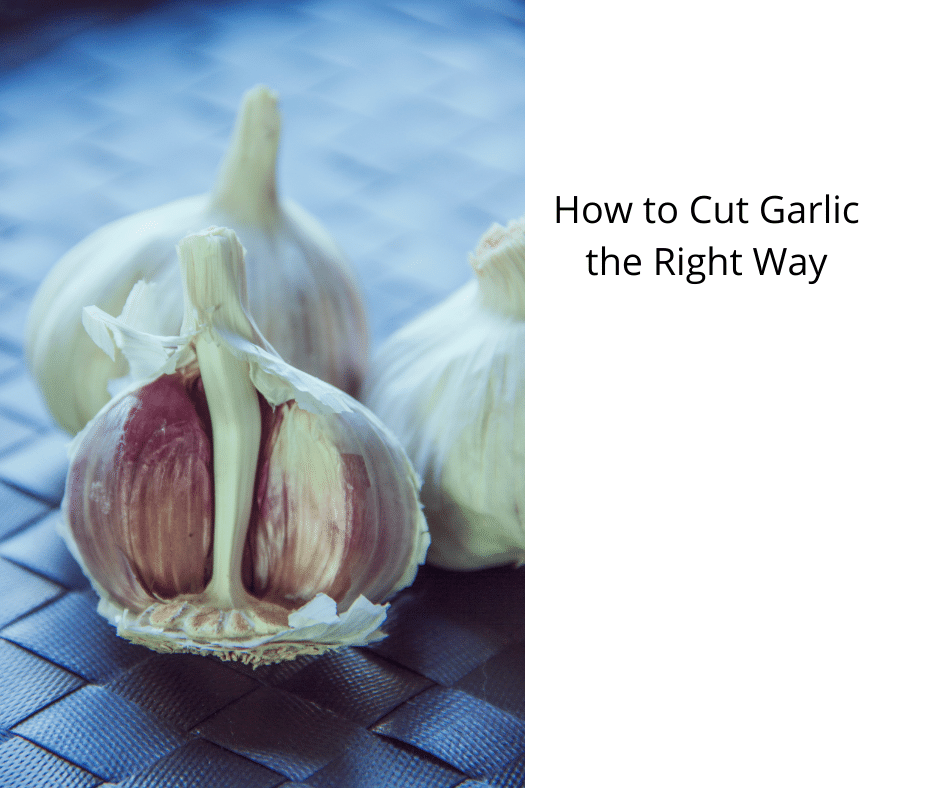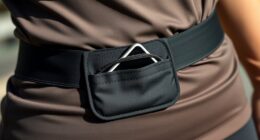To find the right seeds for your garden, start by examining the catalog’s descriptions for seed origin and regional suitability. Look for modern technology that indicates resilience and performance, and pay close attention to planting tips like soil preferences and timing. Use cultivation and harvest instructions to plan your schedule carefully. By understanding these details, you’ll select seeds best suited to your climate and taste. Keep going to discover more tips for successful gardening.
Key Takeaways
- Check seed origin and regional compatibility to select seeds suited for your climate and environment.
- Review technology and development details to gauge seed resilience and growth potential.
- Read planting tips for soil preparation, spacing, watering, and optimal planting times.
- Follow growing and harvesting instructions for proper care, timing, and maximizing yield.
- Use seed labels and descriptions to identify traits, flavor profiles, and unique features for your garden goals.
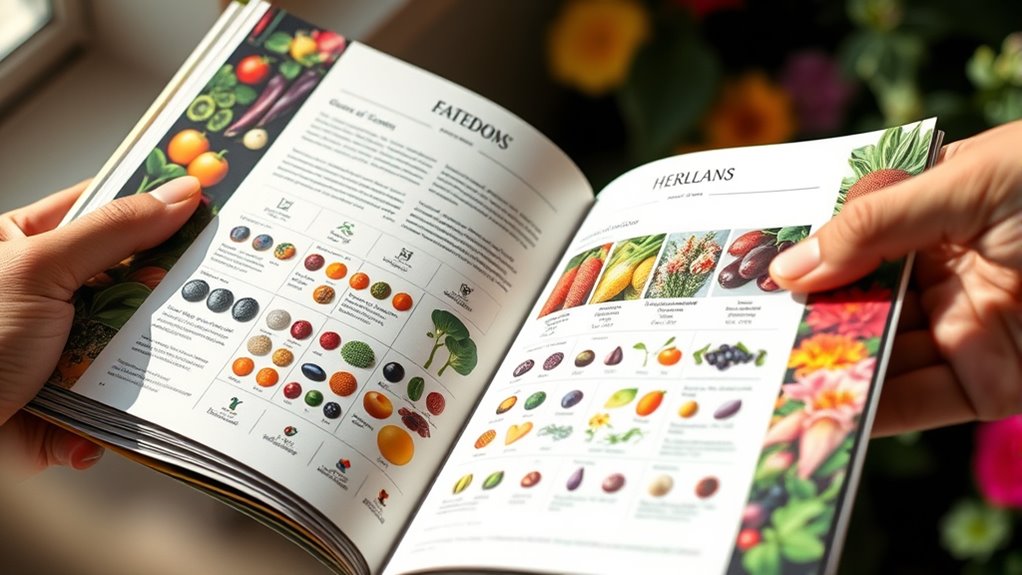
When you open a seed catalog for the first time, it might seem overwhelming with all the varieties, descriptions, and details. Don’t worry—that’s normal. The key is learning how to interpret what’s in front of you so you can choose the best seeds for your garden. One of the first things to pay attention to is the seed origin. Knowing where a seed comes from can give you clues about its adaptability, flavor, and growing requirements. For example, seeds from a region with a similar climate to yours are often more reliable, as they’re bred to thrive in comparable conditions. Seed origin can also tell you about the flavor profile or unique characteristics of a particular variety. As you browse, look for labels or descriptions that mention the country or region where the seed was developed. This information helps you make more informed decisions, especially if you’re aiming for certain flavors or growth habits. Additionally, understanding the technology used in seed development can provide insights into the seed’s resilience and growth potential. Next, focus on the planting tips included with each seed variety. These tips are like a quick guide to get your plants off to a good start. They typically cover soil preparation, spacing, watering, and time to plant—details that are essential for success. For example, if a seed catalog suggests planting a certain vegetable in early spring or late summer, it’s because of its temperature and daylight needs. Pay attention to any specific instructions about soil type, whether it prefers well-drained or moist soil, or if it benefits from companion planting. These tips can save you time and prevent common mistakes, like overcrowding or planting at the wrong time. Some catalogs even include additional advice on how to care for the plants as they grow or harvest tips once they’re mature.
Frequently Asked Questions
How Do I Choose Seeds for Shaded Garden Areas?
When choosing seeds for shaded garden areas, focus on shade tolerance to guarantee plants thrive without direct sunlight. Look for varieties that naturally grow well in low-light conditions. Also, consider soil requirements, selecting seeds suited for your soil type—whether it’s moist, well-drained, or slightly acidic. By matching these factors, you’ll select plants that flourish in shady spots, creating a lush, vibrant garden even in less sunny areas.
When Is the Best Planting Time for Different Seeds?
Ever wonder when to plant your seeds for the best results? Your regional planting tips and a planting calendar are key. Most seeds are best planted after the last frost date in your area, which varies by region. Check your local extension office or seed catalog for specific timing. By following these guides, you’ll give your garden the best start and enjoy thriving plants all season long.
What Do Seed Catalog Symbols Indicate About Plant Care?
Seed catalog symbols guide you on plant care by indicating soil requirements and pest resistance. For example, symbols may show if a plant prefers well-drained soil or needs specific nutrients. They also highlight pest-resistant varieties, helping you choose healthy plants that are easier to grow. By paying attention to these symbols, you guarantee your garden’s success, making informed decisions that match your soil conditions and reduce pest issues.
How Can I Identify Heirloom Versus Hybrid Seeds?
Think of heirloom and hybrid seeds as apples and oranges—you can tell them apart once you know what to look for. Heirloom seeds come from open-pollinated plants, making seed saving easier and ensuring you can store seeds for future planting. Hybrid seeds result from controlled cross-pollination, often requiring purchasing new seeds each year. Check the catalog labels for terms like “heirloom” or “F1 hybrid” to identify them easily.
Are Organic Seeds Worth the Extra Cost?
Organic seeds are worth the extra cost if you prioritize seed preservation and organic gardening. They’re often non-GMO and grown without synthetic chemicals, supporting healthier soil and plants. While they may be pricier, you get better quality seeds that align with sustainable practices. Plus, choosing organic helps you grow truly organic produce, making your garden more eco-friendly and rewarding. If these values matter to you, investing in organic seeds is definitely worthwhile.
Conclusion
So, now that you’re practically a seed catalog expert, go forth and select your future garden’s champions. Remember, it’s not just about picking the prettiest or most exotic—though who can resist a little thrill of planting a “mystery” seed? With your newfound knowledge, you’re basically a farming wizard, confidently steering the seed jungle. Just don’t forget: even the best seeds need love, patience, and perhaps a dash of luck to turn your yard into Eden.
